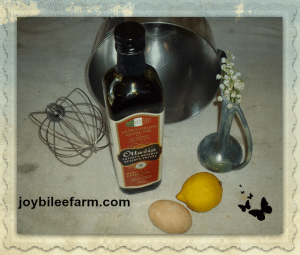 Common Weights and Measures that you need to know to cook from scratch:
Common Weights and Measures that you need to know to cook from scratch:
As you are searching the internet you will come across recipes from different cultures or different countries. When you come across one that you want to try you will need to know how to translate the weights and measures from that country into the common weights and measures of your own region.
In much of the world’s recipes are given by weight of dry ingredients and metric volume of wet ingredients. In the USA, measurements are given by volume based on imperial measurements. In Canada recipes are measured by metric volume. These differences can be confusing when you are trying to follow a recipe. The good news is, you don’t need to go out and buy a brand new set of measuring cups or a scale for every day home cooking. You can easily adapt what you have on hand, provided that if you are measuring in imperial measures you use imperial measures throughout the recipe. If you are measuring in metric measures, you use metric measures throughout the recipe. There is a difference in the measurements between the two systems of measurement.
Measurement equivalents by volume
| USA Imperial Measures | Canadian Metric Measures | European Weights |
| 1 cup | 250 ml | 250 grams |
| ½ cup | 125 ml | 125 grams |
| 1/3 cup | 80 ml | 75 grams |
| ¼ cup | 60 ml | 60 grams |
| 1 tbsp | 15 ml | 15 grams |
| 1 tsp. | 5 ml | 5 grams |
| ½ tsp. | 2.5 ml | 2.5 grams |
| ¼ tsp. | 1 ml | 1 gram |
250 ml = 250 grams = almost 1/2 lb or almost 1 cups. This is just an estimate in weight and volume measurement. If you were measuring water this is how it would work. If you are measuring fat or oil, you’d come pretty close. But ingredients when measured in volume vary in density. This is the difference in weight/volume ratio of different ingredients. 1 cup of sifted flour would weigh less than 1 cup of compacted flour, for instance.
When measurements are very precise, such as in baking a cake, you will want to weigh at least the first time you recreate a recipe. If precision isn’t so necessary — like when making a casserole — feel free to use the measure that you are most comfortable using.
How much is in that can?
When recipes in other books call for commercially canned or frozen foods and you want to use home-preserved food use this chart to determine quantity needed.
| Metric | Weight | Can Size | Approx. Measure |
| 6 oz. | tomato paste, frozen juice | ¾ cup | |
| 225ml | 8 oz. | Frozen juice | 1 cup |
| 10.5 oz. | No. 1 | 1 ¼ c. | |
| 14.5 oz. | Evaporated Milk | 1 2/3 c. | |
| 15 oz. | Condensed Milk | 1 1/3 c. | |
| 15 ½ oz | No. 300 | 1 ¾ c. | |
| 1 lb. | No. 303 | 2 c. | |
| 1 lb. 4 oz. | No. 2 | 2 ½ c. | |
| 46 oz. | Juices, Fruit Drinks | 5 ¾ c. | |
| 6 lbs. 9 oz. | No. 10 | 3 qts. (12 cups) |
If a recipe calls for a certain weight of dry ingredients, this weight can change depending on the humidity in your area and climate. Flours and starches tend to absorb moisture from the air. Even charts given for average weight per measure of dry goods, won’t be exactly right in your particular climate. When using these recipes, weigh the measure the first time you make the recipe and then record the relative volume. Then you will be able to adapt the recipe to the way you are used to cooking without having to weigh every time.
Using recipes from other countries is fun and expands your cooking repertoire, keeping the excitement in your daily meals.




You’re welcome.
C.
Good to know. Thanks, Teri.
I just recently noticed that baking chocolate has changed! For years 1 sq was 1 oz….I recently made a cheesecake which called for 3 sqs white baking choc and when putting away the choc noticed that it was 4 oz….but had 6 sqs….so anyone who is using an older recipe might want to take note!